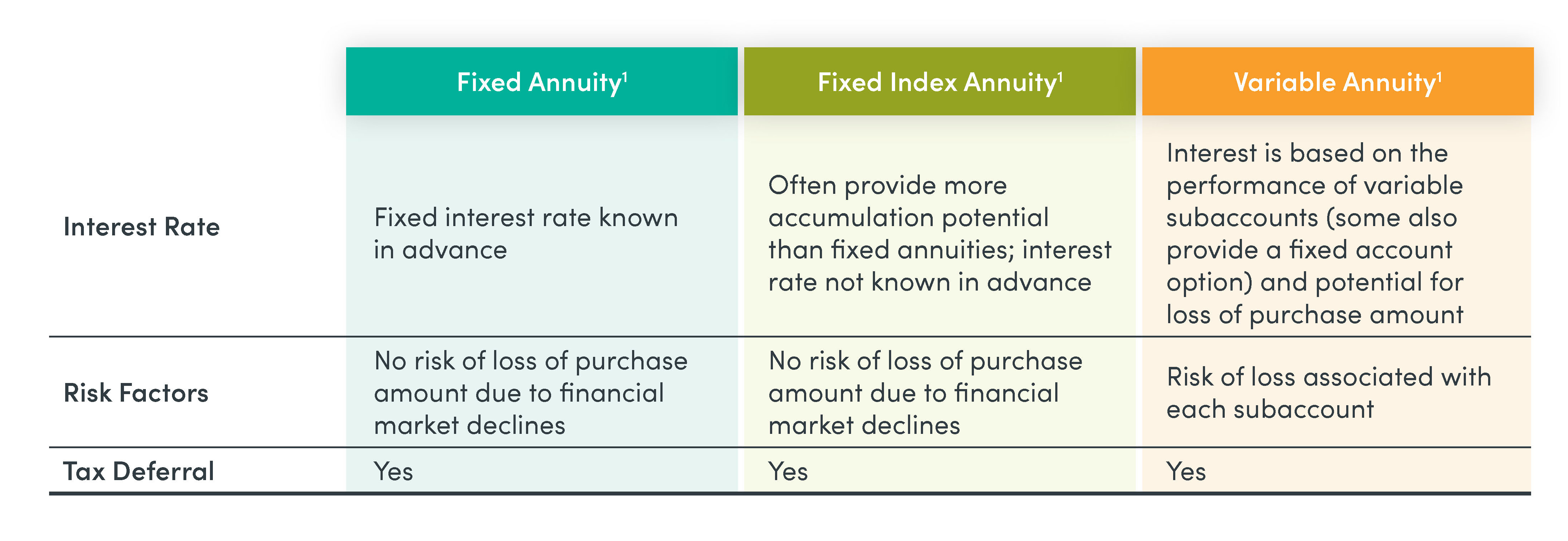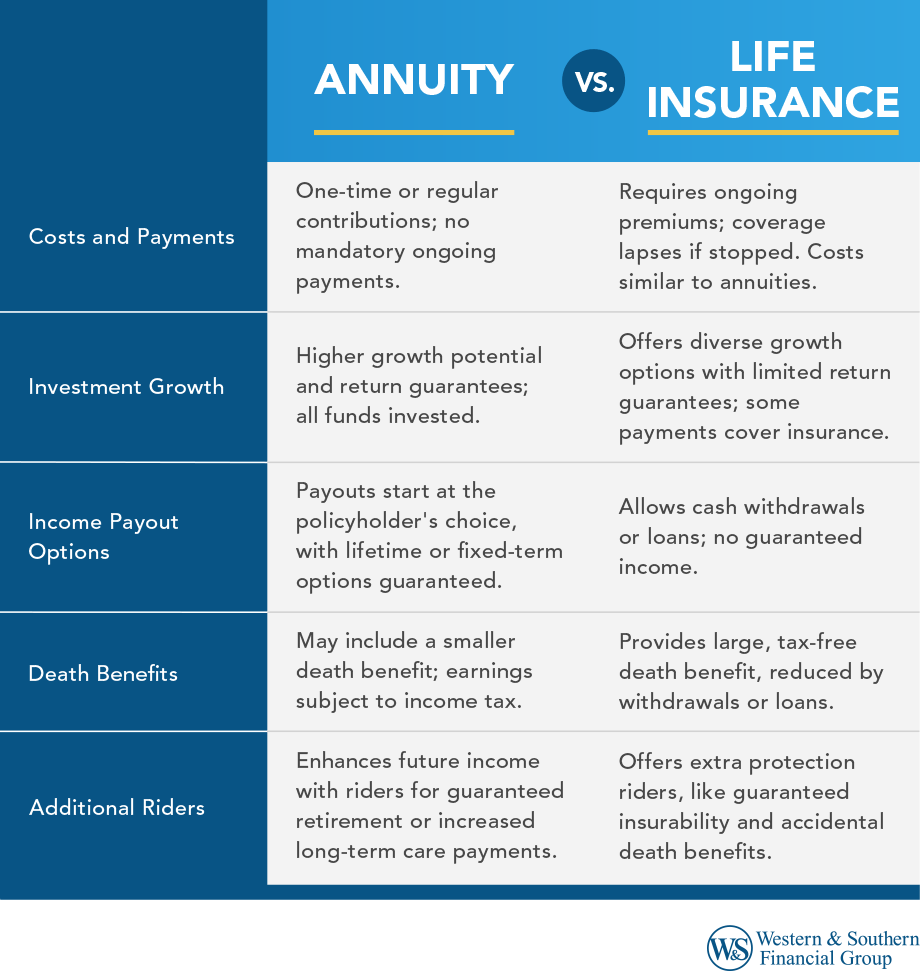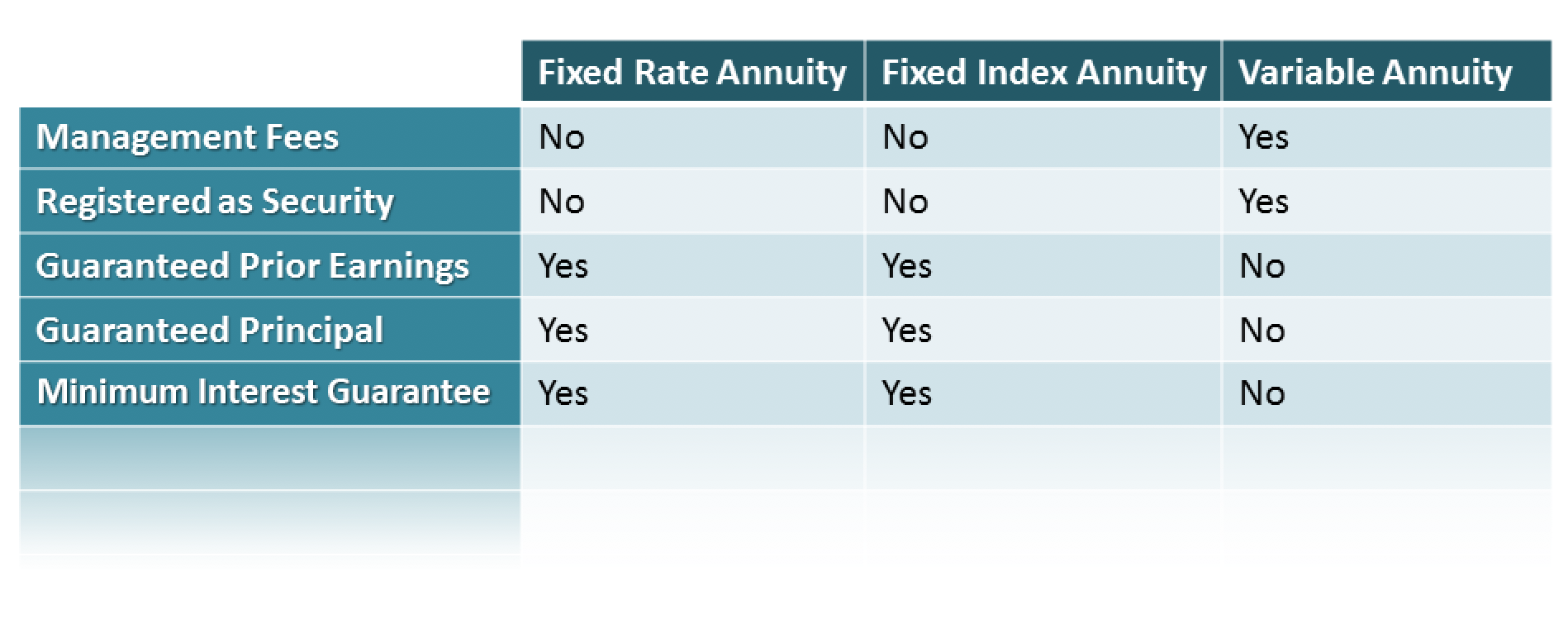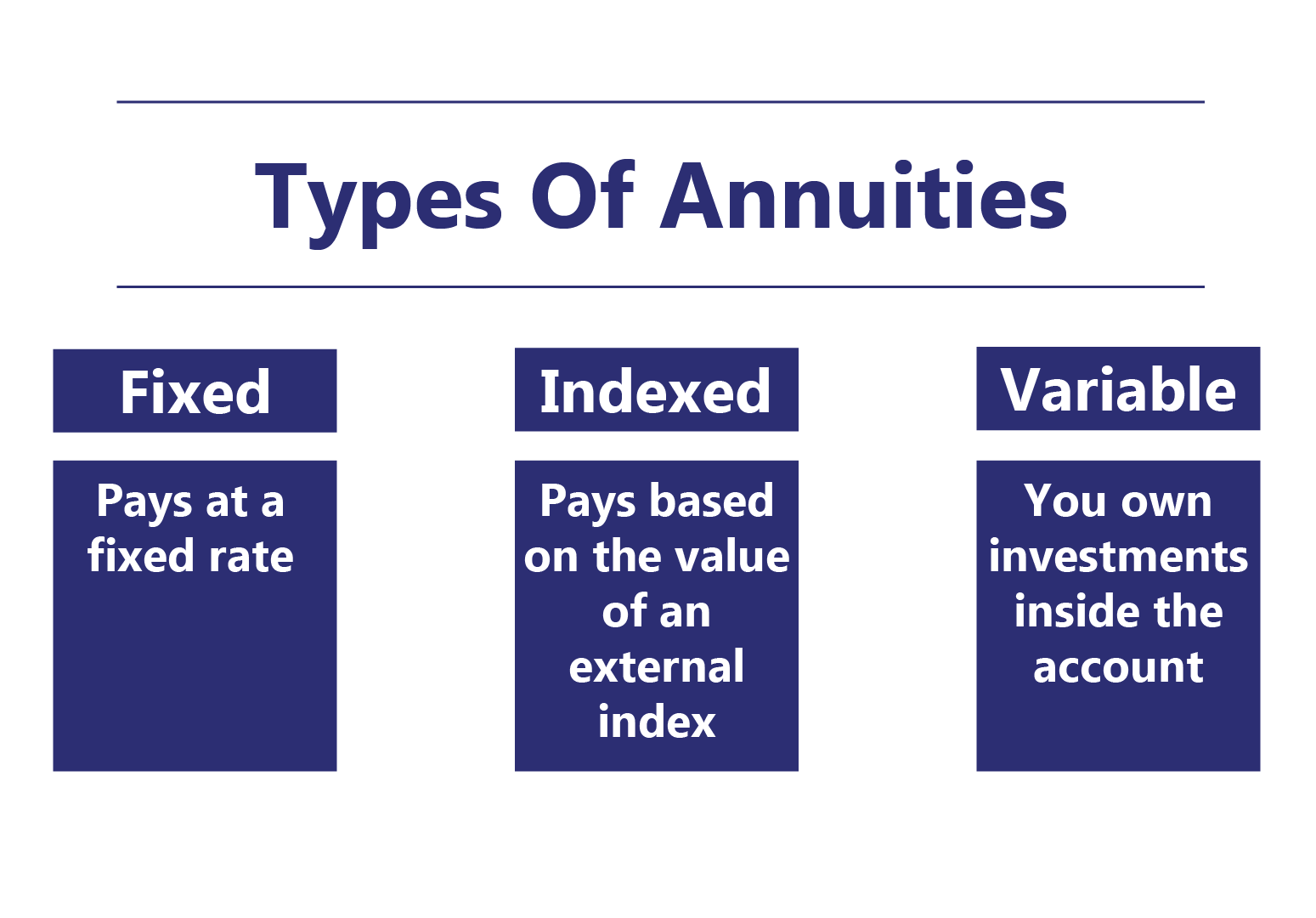All Categories
Featured
Table of Contents
Just as with a fixed annuity, the owner of a variable annuity pays an insurance policy firm a lump sum or collection of payments in exchange for the promise of a collection of future repayments in return. But as stated over, while a dealt with annuity grows at an assured, constant rate, a variable annuity expands at a variable price that depends upon the efficiency of the underlying financial investments, called sub-accounts.

During the accumulation phase, assets bought variable annuity sub-accounts expand on a tax-deferred basis and are exhausted only when the contract owner takes out those revenues from the account. After the build-up stage comes the income phase. Over time, variable annuity properties ought to theoretically raise in value till the agreement proprietor decides he or she would like to start taking out cash from the account.
The most considerable concern that variable annuities generally existing is high price. Variable annuities have several layers of charges and expenditures that can, in accumulation, develop a drag of up to 3-4% of the contract's worth each year.
Exploring Fixed Vs Variable Annuity Pros And Cons Key Insights on Your Financial Future What Is Fixed Vs Variable Annuities? Benefits of Choosing the Right Financial Plan Why Choosing the Right Financial Strategy Is Worth Considering How to Compare Different Investment Plans: Simplified Key Differences Between Fixed Interest Annuity Vs Variable Investment Annuity Understanding the Risks of What Is Variable Annuity Vs Fixed Annuity Who Should Consider Strategic Financial Planning? Tips for Choosing the Best Investment Strategy FAQs About Planning Your Financial Future Common Mistakes to Avoid When Choosing Variable Vs Fixed Annuity Financial Planning Simplified: Understanding Variable Vs Fixed Annuities A Beginner’s Guide to Fixed Index Annuity Vs Variable Annuity A Closer Look at How to Build a Retirement Plan
M&E cost charges are computed as a portion of the agreement worth Annuity issuers hand down recordkeeping and various other management expenses to the contract proprietor. This can be in the kind of a flat yearly fee or a portion of the contract worth. Management costs might be consisted of as part of the M&E risk cost or might be examined individually.
These fees can range from 0.1% for easy funds to 1.5% or even more for proactively managed funds. Annuity agreements can be tailored in a variety of ways to offer the specific requirements of the contract owner. Some common variable annuity cyclists consist of assured minimal buildup advantage (GMAB), ensured minimum withdrawal benefit (GMWB), and guaranteed minimum income advantage (GMIB).

Variable annuity contributions offer no such tax deduction. Variable annuities often tend to be highly ineffective lorries for passing wide range to the following generation since they do not appreciate a cost-basis adjustment when the initial contract owner dies. When the proprietor of a taxable financial investment account passes away, the price bases of the financial investments held in the account are readjusted to show the marketplace costs of those financial investments at the time of the proprietor's death.
Understanding Fixed Vs Variable Annuity A Closer Look at How Retirement Planning Works What Is the Best Retirement Option? Pros and Cons of Fixed Vs Variable Annuity Why Choosing the Right Financial Strategy Matters for Retirement Planning Fixed Index Annuity Vs Variable Annuities: How It Works Key Differences Between Fixed Index Annuity Vs Variable Annuities Understanding the Rewards of Long-Term Investments Who Should Consider Strategic Financial Planning? Tips for Choosing Variable Annuity Vs Fixed Annuity FAQs About Planning Your Financial Future Common Mistakes to Avoid When Choosing a Financial Strategy Financial Planning Simplified: Understanding Your Options A Beginner’s Guide to Smart Investment Decisions A Closer Look at How to Build a Retirement Plan
Such is not the instance with variable annuities. Investments held within a variable annuity do not receive a cost-basis change when the initial owner of the annuity dies.
One significant issue connected to variable annuities is the capacity for disputes of passion that might exist on the part of annuity salespeople. Unlike a financial advisor, who has a fiduciary duty to make financial investment choices that benefit the client, an insurance policy broker has no such fiduciary commitment. Annuity sales are very rewarding for the insurance coverage experts that sell them due to the fact that of high in advance sales commissions.

Numerous variable annuity contracts contain language which places a cap on the portion of gain that can be experienced by particular sub-accounts. These caps protect against the annuity proprietor from completely taking part in a section of gains that can otherwise be enjoyed in years in which markets generate substantial returns. From an outsider's viewpoint, presumably that financiers are trading a cap on investment returns for the aforementioned assured floor on investment returns.
As noted above, surrender costs can drastically restrict an annuity owner's capability to move possessions out of an annuity in the very early years of the contract. Better, while the majority of variable annuities enable contract owners to take out a specified amount during the build-up stage, withdrawals yet quantity generally cause a company-imposed charge.
Withdrawals made from a set rates of interest investment option could additionally experience a "market price adjustment" or MVA. An MVA changes the value of the withdrawal to show any kind of changes in rate of interest from the time that the cash was purchased the fixed-rate choice to the moment that it was taken out.

Frequently, even the salesmen that sell them do not totally recognize how they function, therefore salespeople sometimes take advantage of a buyer's emotions to sell variable annuities instead of the benefits and suitability of the items themselves. Our team believe that capitalists must fully comprehend what they own and just how much they are paying to have it.
Exploring the Basics of Retirement Options A Closer Look at Fixed Indexed Annuity Vs Market-variable Annuity Breaking Down the Basics of Investment Plans Pros and Cons of Various Financial Options Why Fixed Vs Variable Annuity Pros And Cons Matters for Retirement Planning Immediate Fixed Annuity Vs Variable Annuity: How It Works Key Differences Between Different Financial Strategies Understanding the Rewards of Fixed Index Annuity Vs Variable Annuities Who Should Consider Strategic Financial Planning? Tips for Choosing Variable Annuities Vs Fixed Annuities FAQs About Planning Your Financial Future Common Mistakes to Avoid When Choosing a Financial Strategy Financial Planning Simplified: Understanding Variable Annuities Vs Fixed Annuities A Beginner’s Guide to Variable Annuities Vs Fixed Annuities A Closer Look at How to Build a Retirement Plan
The same can not be said for variable annuity possessions held in fixed-rate investments. These assets legally come from the insurance coverage company and would certainly consequently go to risk if the firm were to fail. Any guarantees that the insurance coverage firm has actually agreed to supply, such as an ensured minimum revenue benefit, would be in concern in the occasion of an organization failing.
Potential buyers of variable annuities must understand and think about the monetary condition of the releasing insurance coverage firm prior to getting in into an annuity agreement. While the advantages and disadvantages of different kinds of annuities can be disputed, the real issue surrounding annuities is that of suitability.
Nevertheless, as the claiming goes: "Caveat emptor!" This short article is prepared by Pekin Hardy Strauss, Inc. Fixed indexed annuities. ("Pekin Hardy," dba Pekin Hardy Strauss Wealth Monitoring) for educational objectives just and is not intended as an offer or solicitation for organization. The information and data in this post does not make up legal, tax, accountancy, financial investment, or other specialist suggestions
Table of Contents
Latest Posts
Understanding Fixed Annuity Vs Variable Annuity A Closer Look at Fixed Annuity Or Variable Annuity Breaking Down the Basics of Annuities Variable Vs Fixed Pros and Cons of Various Financial Options Wh
Exploring the Basics of Retirement Options Everything You Need to Know About Financial Strategies What Is Tax Benefits Of Fixed Vs Variable Annuities? Advantages and Disadvantages of Different Retirem
Highlighting Variable Annuity Vs Fixed Annuity Everything You Need to Know About Tax Benefits Of Fixed Vs Variable Annuities Defining Immediate Fixed Annuity Vs Variable Annuity Advantages and Disadva
More
Latest Posts